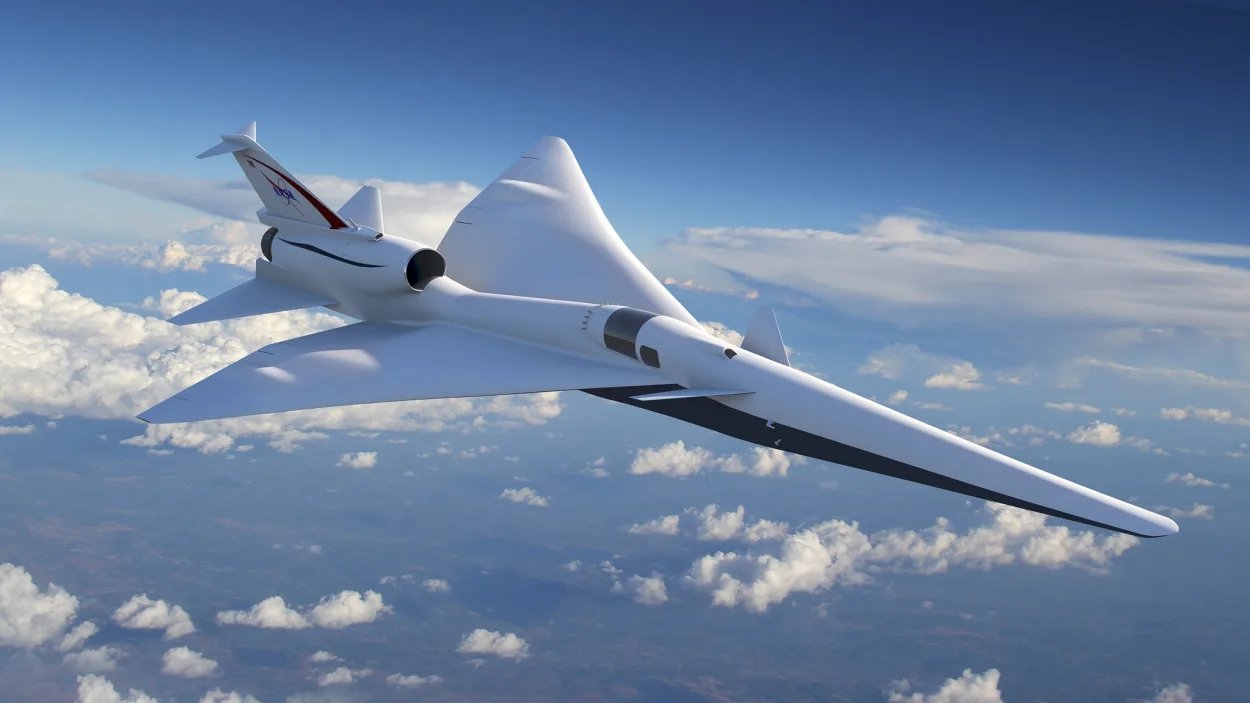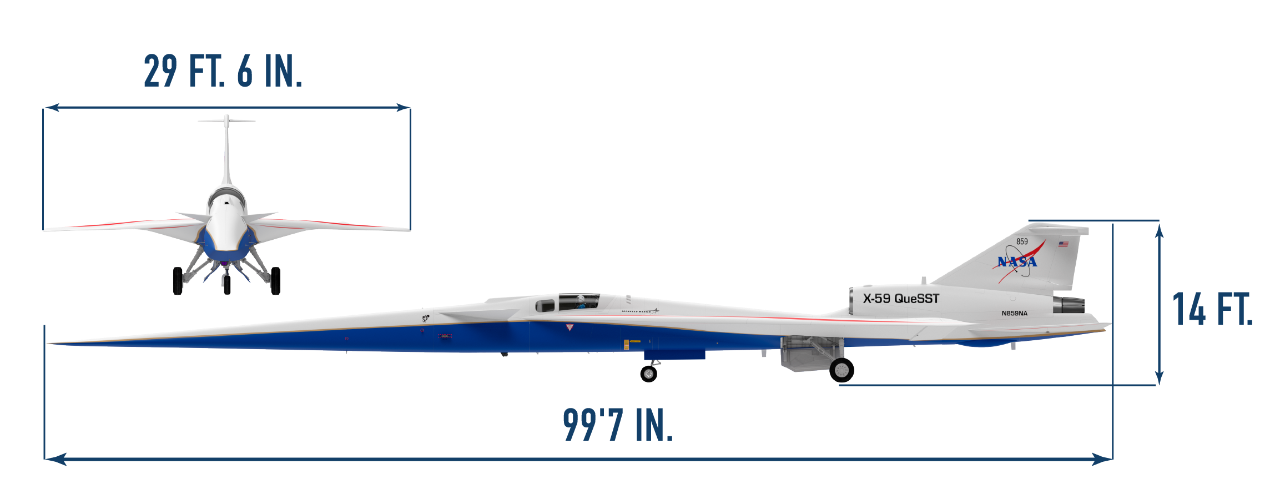The Lockheed Martin X-59 is perhaps the strangest airplane ever designed. Its sharp nose is half the length of the plane. There is no cockpit.
The wings are tiny compared to the entire fuselage, and its oversized tail engine looks like an odd hump.
Of course, there is a reason for planning this madness.

The design is the secret recipe for creating a supersonic that doesn't blow people and buildings to the ground.
The X-59, developed with NASA, is designed as an experimental jet for NASA to test the size of the supersonic explosions received by people on the ground from a supersonic aircraft. According to Dave Richardson, the X-59 program manager at Lockheed Martin, with this new design, people shouldn't expect a big bang.
The X-59's "quiet" supersonic blast isn't powered by expensive magical materials or alien engines, Richardson says.
“There is no radical technology in the plane itself. It's just the shape of the aircraft.”

Its shape looks more like an alien anime spaceship than an actual vehicle created by human beings. That's because it was created by computers and people, through special software created by engineers at Bethesda, Maryland.
Richardson and his team learned some important lessons about designing for supersonic blasting.
First, the heavy, bulky parts of the plane had to be as far back as possible. "We really don't put anything in front, but we want to have this long ratio", he says. This resulted in an extremely thin nose and body, with no surface breaks that can produce noise when the plane breaks the sound barrier.
They also learned that anything that causes a discontinuity in the plane's shape – a windshield or canopy, for example – can increase the size of the explosion. This led them to get rid of the windshield altogether. The X-59 uses an external one system vision, which is the only advanced technology on the plane, according to Richardson.
The pilot navigates using a camera, viewing the exterior through a large screen. This system had to undergo rigorous certification by the Federal Aviation Administration for use in the national airspace.
The X-59 is designed to manage and distribute bone waves differently from the start, and it can also fly at lower speeds than Concorde (the speed Concorde's cruising speed was 1.350 mph, while the X-59 will cruise at about 925 mph).
"I think most people look at the plane and say, Wait, something's wrong," Richardson says. "It's too long. The landing gear is too far back. And why is the nose so long?”
The inaugural flight is scheduled for early 2024, he says the Fast Company. "If they achieve their goals, aircraft manufacturers will probably start using the ideas discovered in commercial aircraft," says Richardson.
"The design of the X-59 can overcome its experimental nature and usher in a new era in high-speed travel around the world."





